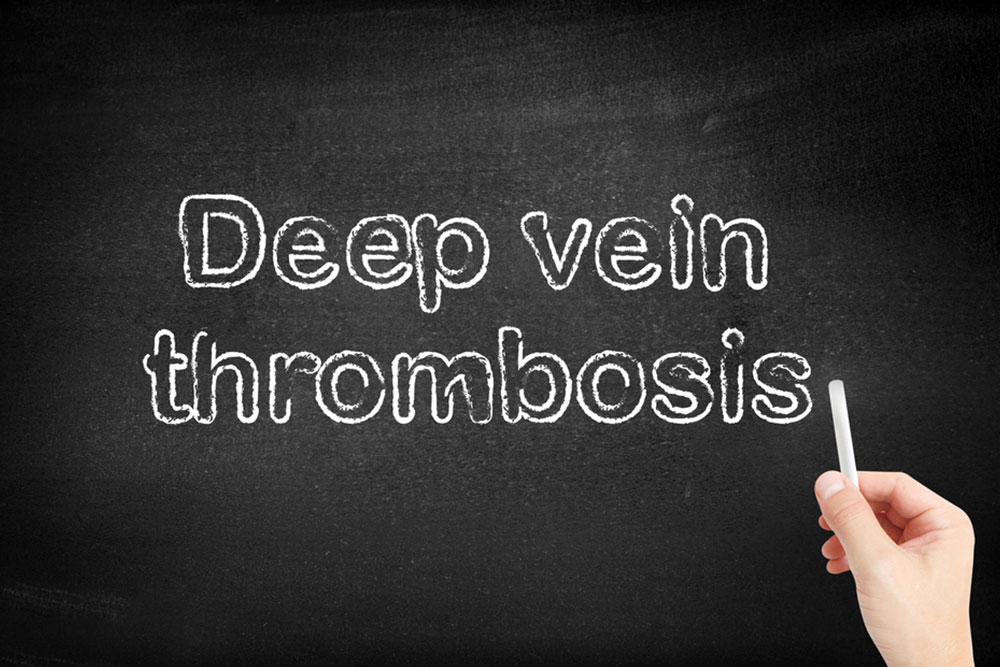Comprehensive Guide to Deep Vein Thrombosis (DVT): Causes, Symptoms, Diagnosis, and Treatment
Deep Vein Thrombosis (DVT) is a critical health condition involving blood clots in deep veins, primarily in the legs. This comprehensive guide covers causes, symptoms, diagnosis, and treatment options, emphasizing the importance of early detection and medical intervention. Recognizing signs like swelling and pain, understanding diagnostic methods such as ultrasound and blood tests, and knowing available treatments like anticoagulants and surgical options are essential for effective management. Stay informed to protect yourself from potentially life-threatening complications such as pulmonary embolism by maintaining awareness and consulting healthcare professionals at the first sign of symptoms.

Understanding Deep Vein Thrombosis (DVT): A Complete Insight
Deep Vein Thrombosis, commonly known as DVT, is a serious medical condition that occurs when a blood clot forms in one of the deep veins of the body. These veins are primarily located in the thighs, calves, pelvis, and sometimes in the arms. Unlike superficial blood clots that develop in the surface veins, DVT involves deeper veins that are situated beneath the skin and muscles. The formation of a blood clot in these deep veins can be life-threatening if it dislodges and travels through the bloodstream to vital organs such as the lungs, causing a pulmonary embolism.
Understanding the anatomy and physiology involved is crucial. Deep veins are embedded near bones and muscle groups, serving as the main channels for returning blood to the heart. Muscular contractions, especially during movement, help push blood through these veins, aiding circulation. Anything that impairs this process, like prolonged immobility, certain medical conditions, or genetic predispositions, can increase the risk of DVT.
It's important to distinguish DVT from superficial vein problems such as varicose veins. Varicose veins affect surface vessels and are generally less dangerous, although they can cause discomfort and cosmetic concerns. Deep veins, by contrast, are critical for venous return, and any blockage here can result in serious complications.
Many individuals with DVT may not experience noticeable symptoms initially. However, when symptoms are present, they often include significant swelling in the affected limb, warmth, redness, tenderness, pain, and sometimes a bluish discoloration. These symptoms may appear suddenly and require prompt medical evaluation. If left untreated, a clot can enlarge or dislodge, leading to potentially fatal complications such as pulmonary embolism, which occurs when a clot travels to the lungs and blocks blood flow.
Diagnosis of DVT involves a combination of clinical assessment and imaging techniques. Physical examination can reveal swelling, tenderness, and skin changes. Imaging studies are essential for definitive diagnosis. Compression ultrasound is the most commonly used initial test, which uses sound waves to visualize blood flow and detect clots. Venography, involving the injection of a contrast dye followed by X-rays, provides detailed images of veins. Blood tests measuring D-dimer levels, a substance produced when a blood clot dissolves, can assist in ruling out DVT but are not definitive on their own. More advanced imaging methods like MRI and CT venography help visualize deep veins and identify clots accurately.
Preventive measures and treatment strategies are vital to manage DVT effectively. The primary goal is to prevent clot growth and embolization. Anticoagulant medications, such as heparin and warfarin, are standard therapies that thin the blood and prevent clots from enlarging. These medications require careful monitoring to avoid bleeding complications. In some cases, more aggressive interventions are necessary, including thrombolytic therapy to dissolve clots or surgical procedures like thrombectomy to remove large clots directly.
For patients at high risk of future clots or those who cannot tolerate anticoagulation, the placement of a vena cava filter is an option. These filters are inserted into large veins in the abdomen or chest and trap dislodged clots before they reach the lungs. Lifestyle changes, such as regular exercise, maintaining a healthy weight, avoiding prolonged periods of immobility, and managing underlying health conditions, are crucial in reducing the risk of DVT.
In conclusion, DVT is a potentially life-threatening condition that demands awareness, timely diagnosis, and appropriate treatment. With advances in medical technology and increased understanding of risk factors, outcomes for DVT patients continue to improve. If you experience symptoms suggestive of DVT or belong to a high-risk group, seek medical attention promptly to prevent complications and ensure effective management.





